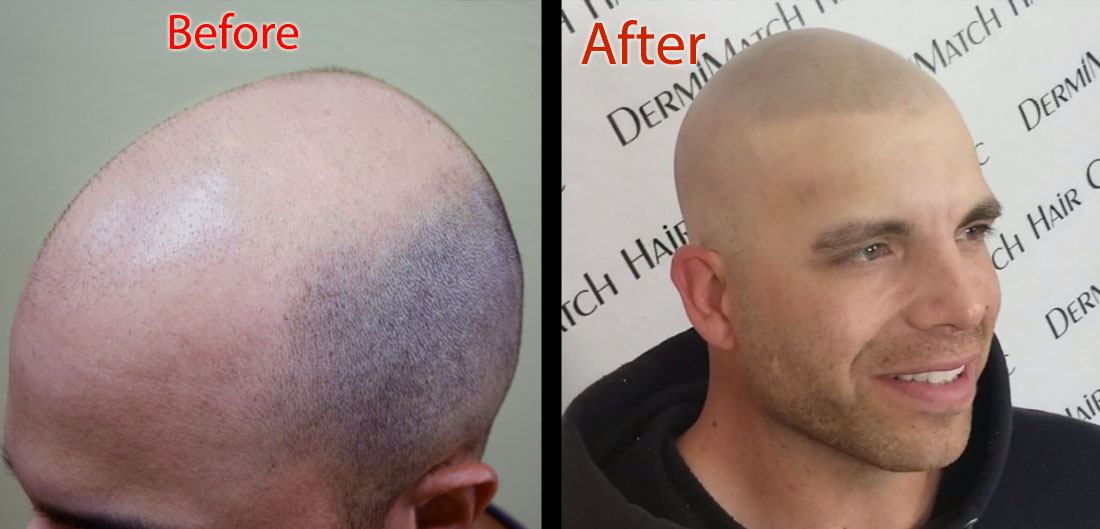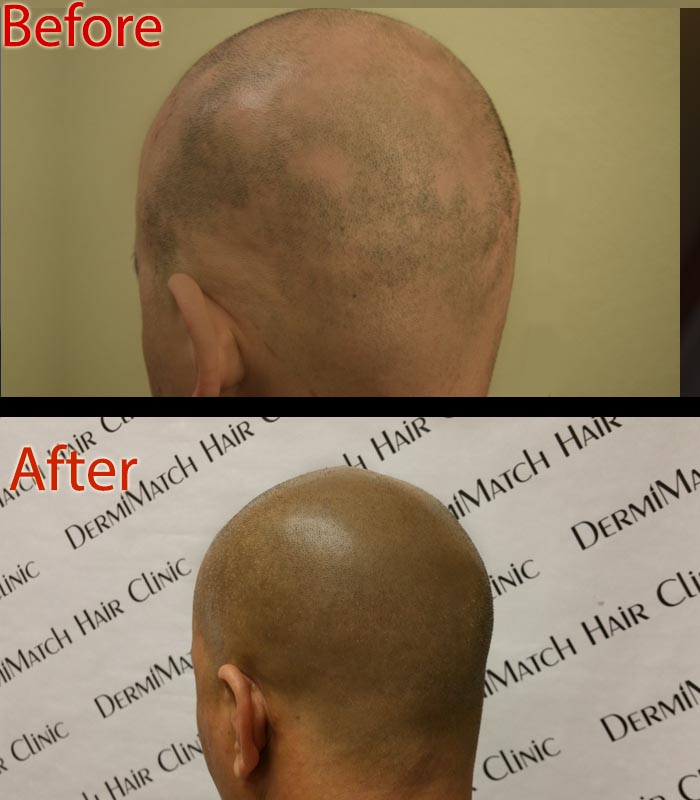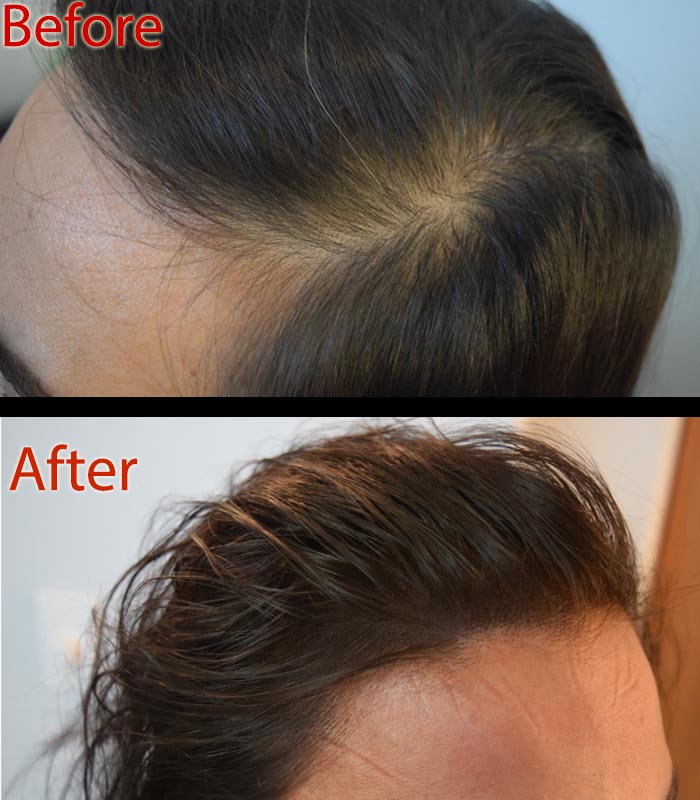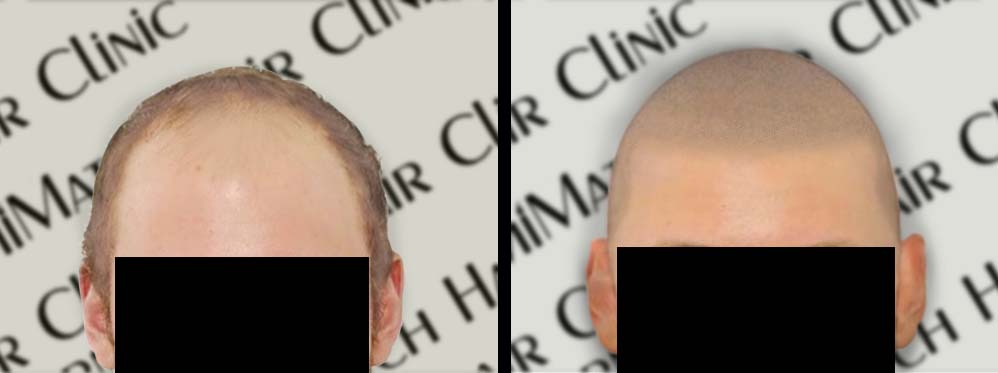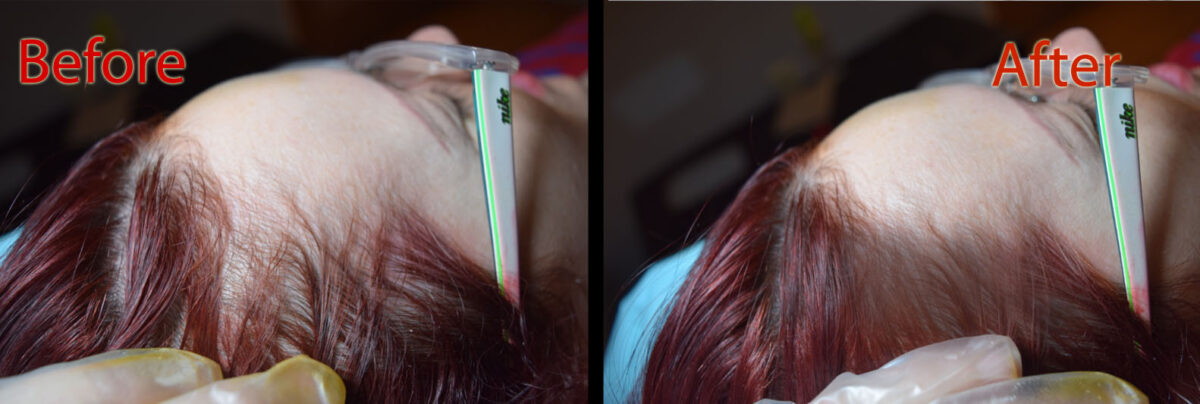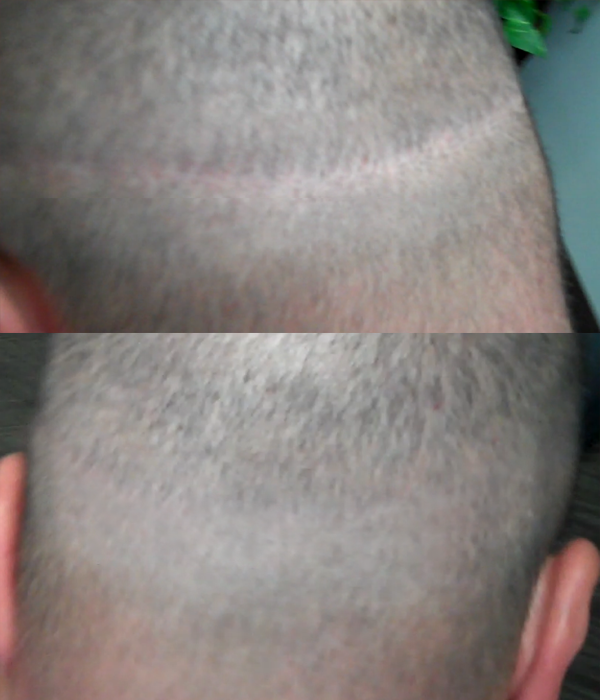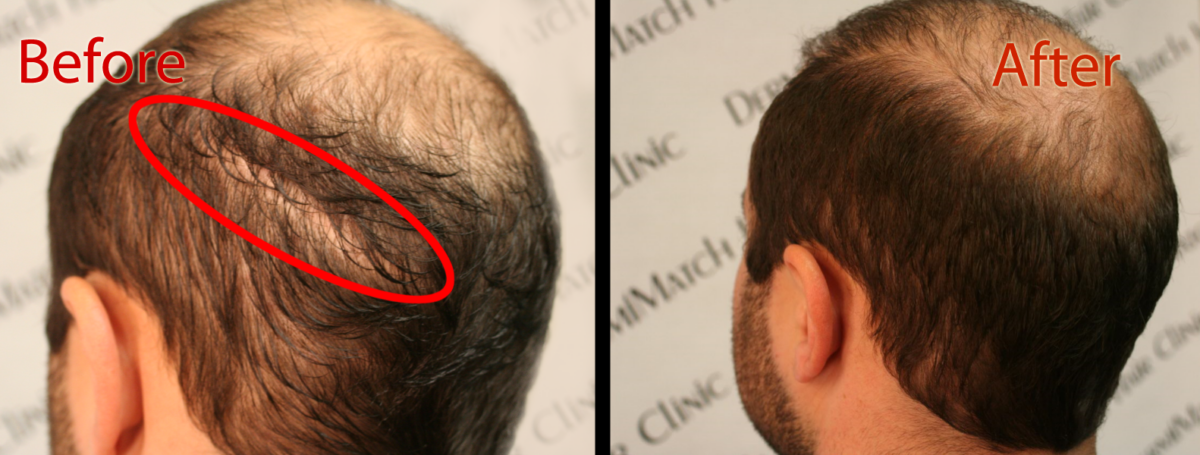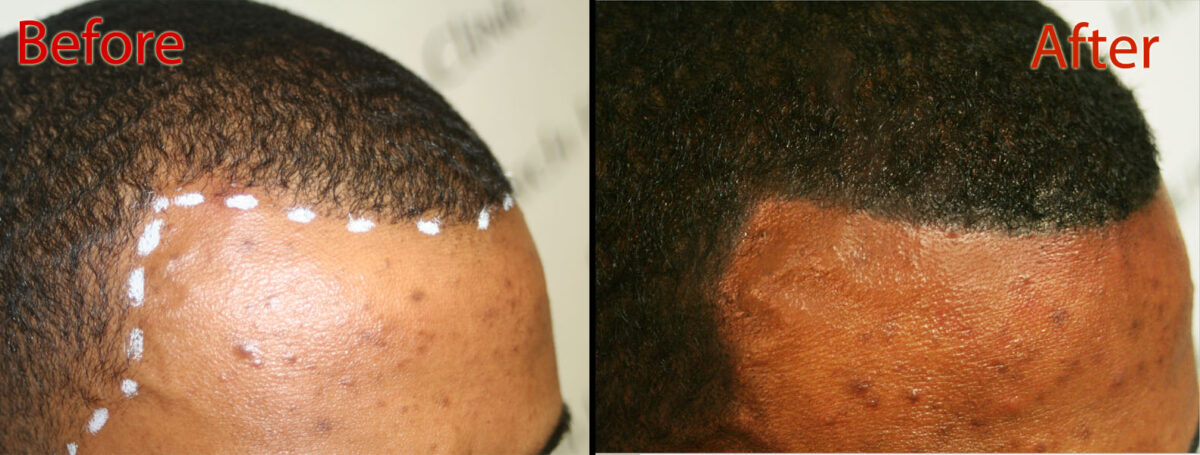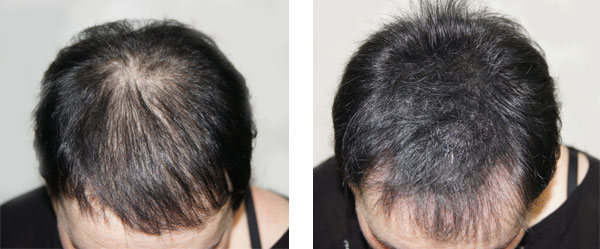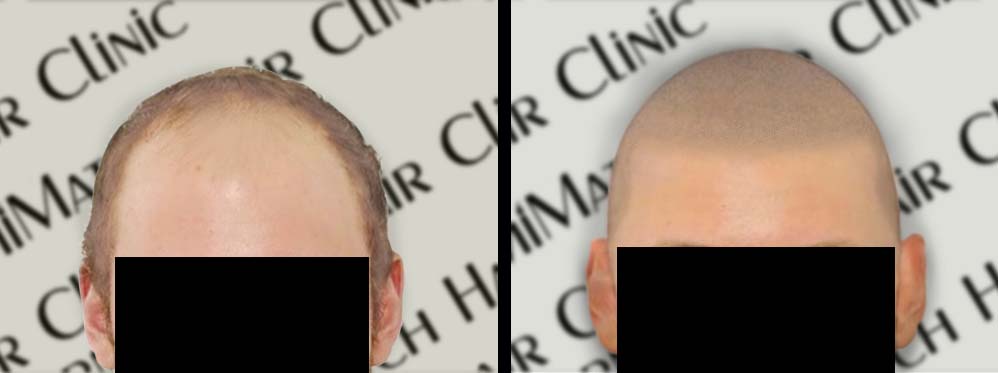Scalp care is essential for promoting healthy hair growth, as the condition of the scalp directly impacts hair follicles and their ability to produce hair. A healthy scalp provides the necessary environment for hair to grow thick and strong, while neglecting it can lead to various issues, such as dryness, irritation, and even hair loss.
Scalp Care Tips
Here’s how to help you maintain a healthy scalp and encourage optimal hair growth.
Maintain Cleanliness
Regularly washing your scalp is crucial to remove dirt, oil, and product buildup. Aim to wash your hair at least two to three times a week using a gentle shampoo that does not strip your scalp of its natural oils. Avoid anything with sulfates or harsh chemicals, as they can irritate the scalp and cause dryness.
Scalp Massages for Scalp Care for Hair
Incorporating scalp massage into your routine can significantly enhance blood circulation in the scalp, which in turn nourishes hair follicles and promotes growth. Use your fingertips to gently massage the scalp while shampooing or apply a nourishing oil like coconut or argan oil for added benefits. This practice not only stimulates circulation but also helps relieve tension and stress.
Moisturize
Just like your hair, your scalp needs hydration to remain healthy. Moisturizing is an essential component of scalp care. After washing, consider using a conditioner or a specialized scalp moisturizer to keep the skin hydrated.
Healthy Diet
A balanced diet is critical to overall health and crucial for scalp care. Foods rich in omega-3 fatty acids, antioxidants, protein, and vitamins A, C, D, and E can contribute to improved circulation and overall health of the scalp. Staying hydrated by drinking plenty of water is also essential for keeping both your skin and scalp moisturized.
Avoid Heat Styling
Excessive heat from styling tools can damage your hair and scalp. Try to limit the use of blow dryers, curling irons, and straighteners. When you do use heat styling tools, apply a heat protectant spray beforehand to minimize damage.
But scalp care does not always help promote hair growth. Unfortunately, this could be true for people with a specific medical condition, such as a thyroid disorder, certain treatments like chemotherapy, stress, poor diet, or unhealthy lifestyle.
Professional Treatments for Scalp Care for Hair Growth
For individuals facing significant hair loss or thinning who seek immediate results without invasive procedures, scalp micropigmentation offers an innovative solution. This non-surgical treatment involves tattooing tiny dots on the scalp to mimic the appearance of hair follicles.
How Does SMP Help?
It helps create the impression of a shaved head. It is particularly beneficial for those who prefer a low-maintenance option without the need for ongoing treatments or medications. Scalp micropigmentation not only enhances confidence but also provides a realistic look that can complement various hairstyles effectively.
In conclusion, taking care of your scalp is vital for promoting healthy hair growth. For those looking for immediate cosmetic solutions to hair loss, options like scalp micropigmentation present an effective alternative that combines aesthetics with practicality.
Get help from DermiMatch Clinic experts who are trained in scalp micropigmentation and can help you get a realistic look without surgical interventions. Scalp care is necessary to maintain SMP so it helps to keep your scalp clean and healthy.
Schedule a consultation now.

